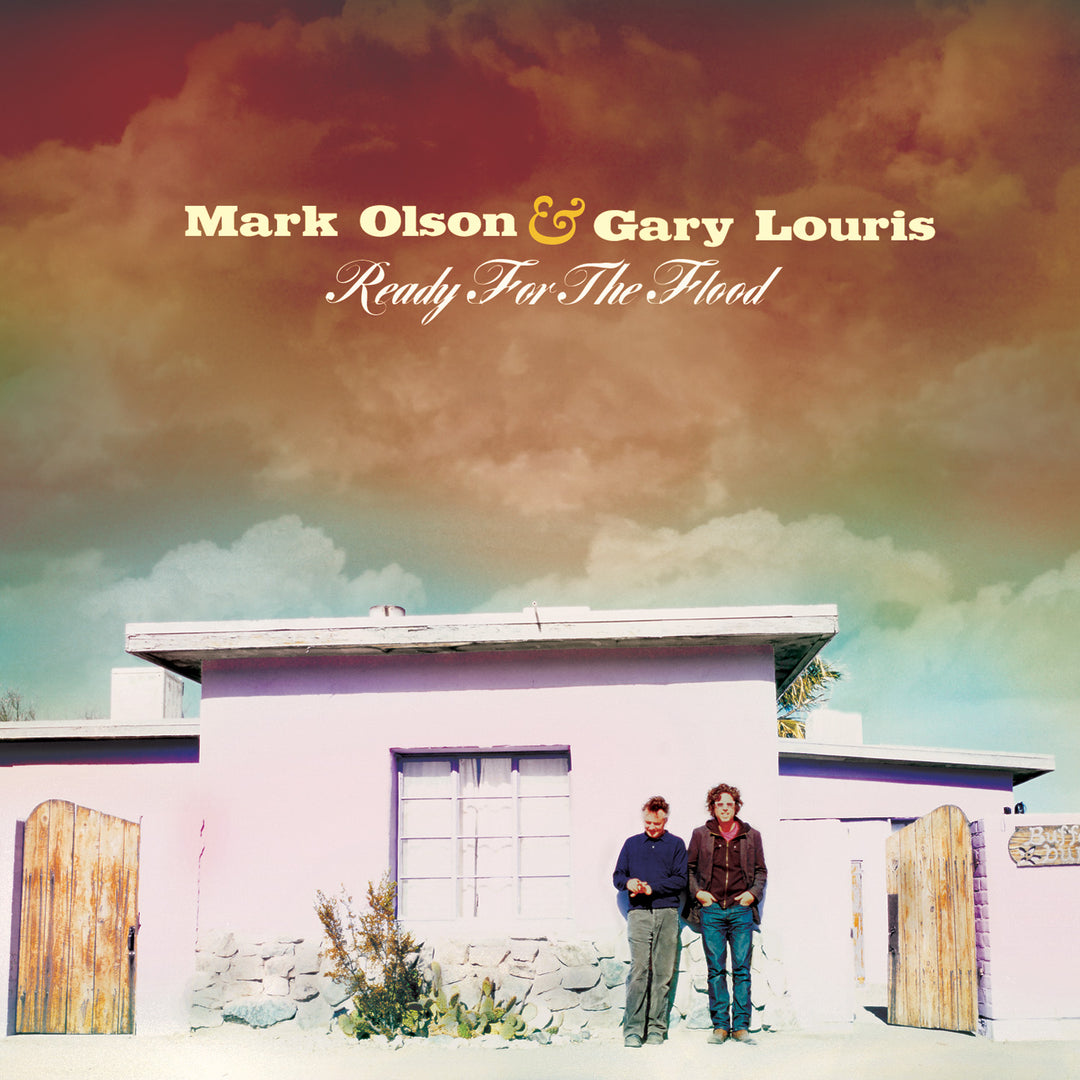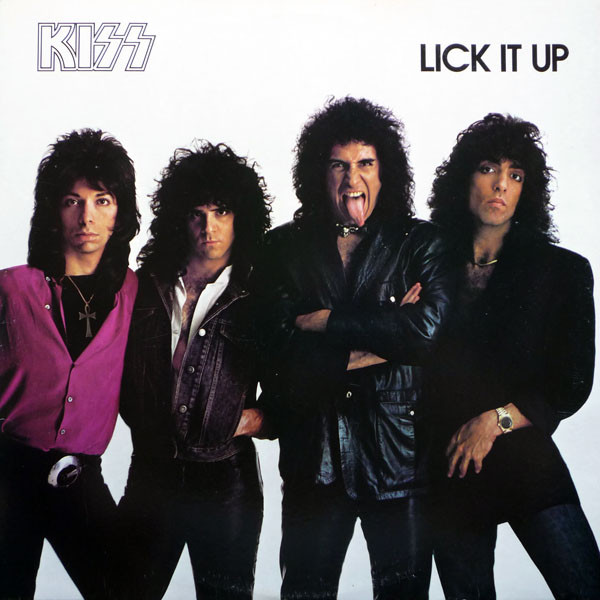 While it didn’t have the impact or import of a reunion of the Jam, the Clash, or the Smiths, it was still a Big Deal in alt.countryland when Mark Olson and Gary Louris collaborated on a new album. (Jeff Tweedy and Jay Farrar could not be reached for comment.) Olson had done several albums with wife Victoria Williams in the Original Harmony Ridge Creekdippers while Louris kept the Jayhawks afloat until 2003. Now that Olson was divorced and Louris had a good thing going in the studio with Chris Robinson, Ready For The Flood happened.
While it didn’t have the impact or import of a reunion of the Jam, the Clash, or the Smiths, it was still a Big Deal in alt.countryland when Mark Olson and Gary Louris collaborated on a new album. (Jeff Tweedy and Jay Farrar could not be reached for comment.) Olson had done several albums with wife Victoria Williams in the Original Harmony Ridge Creekdippers while Louris kept the Jayhawks afloat until 2003. Now that Olson was divorced and Louris had a good thing going in the studio with Chris Robinson, Ready For The Flood happened. There’s a nice flow to the album. “Rose Society” is mostly unplugged, then “Bicycle” adds a little twang, and “Turn Your Pretty Name Around” has a striking opening line in “Then came disappointment.” “Saturday Morning On Sunday Street” is a little too wordy and close, but a distant organ adds a Memphis touch to “Kick The Wood”, turned up on “Chamberlain, SD”. They get quiet again on “Black Eyes”, but the message is muddled by their phrasing, which consistently sounds like “black guys”.
“Doves And Stones” has those harmonies that fans adore, with yet another abstract lyric that defies interpretation. “My Gospel Song For You” is just plain forlorn, and while “When The Wind Comes Up” starts out desolate, it tries to find hope in the choruses. Of similar pioneer stock is “Bloody Hands”, the banjo adding to the old-timey Americana feel. “Life’s Warm Sheets” is a fairly unique way to tell people to look on the bright side, particularly when followed by the end-of-life wail in “The Trap’s Been Set”.
Some of these songs had been kicking around for a while—including the bonus tracks “Cotton Dress” and “Precious Time”—but some appear to be new. Folks looking for another Hollywood Town Hall or Tomorrow The Green Grass might be disappointed, as the album is more akin to a low-key strum. But the harmonies are rich, and the steel strings shine and shimmer throughout. And because the songs are, it wouldn’t be too much of a stretch for anyone to add a louder rhythm section and a little distortion. That’s what happens when songs are so well-constructed to begin with.
Mark Olson & Gary Louris Ready For The Flood (2009)—3




